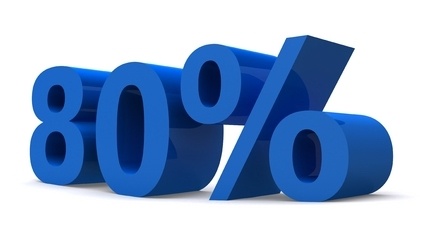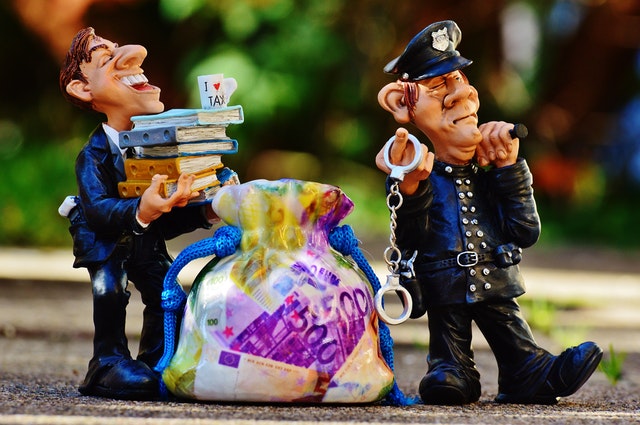Price Unfairness: How to Mitigate the Effects
 PriceBeam
·
3 minute read
PriceBeam
·
3 minute read

Price segmentation is one of the most important tools in any pricing manager's tool box. Sure - we want to determine the willingness to pay of different segments so we can charge them each accordingly and increase profits. But it is also a dangerous tool, as it can evoke the feeling of price unfairness.
Price Unfairness
Several studies have been made on price unfairness, and one conclusion prevails: consumers find it hard to define what "price fairness" is, but identify price unfairness right away. It can be explicit in the sense that a consumer identifies a reference price point, i.e. what he feels he should be paying (based on what other people are paying or what he used to pay in the past) and observes a difference to what he is actually paying. Of course, this is not necessarily bad for the consumer, who may be charged a lower price than his reference price, and so we talk about advantageous inequity, whereas the contrary is logically referred to as disadvantageous inequity. Both advantageous inequity and disadvantageous inequity have both been proven to have a negative impact on sales: the consumer will become more inclined to either engage in "self-protection measures" such as demanding a refund, or "revenge", e.g. by speaking ill about the firm -- moreover, the consumer will be significantly less inclined to go through with a purchase if inequity is observed as suggested by Inequity Aversion Theory. Of course, as you would expect, these effects are stronger with disadvantageous inequity perceptions, but nevertheless, perceived price unfairness is bad for business and should be mitigated if possible.
In 2015, Cornell University researched the price unfairness that was perceived by customers when online retailers used dynamic, personalized pricing based on customer data. The study showed a detrimental effect which suggested that e-tailers are not always better off engaging in personalized pricing -- especially not if they get "caught", as with Amazon's infamous DVD pricing scandal. The conclusion of the study was this: If the gap between the price actually paid and the consumer's reference price becomes too wide, the detrimental effects of the price unfairness perception will exceed the economic benefits that personalized pricing generates. How wide? About 30%. While this may seem fairly high, it is actually not that high for a company with a diverse customer base that consists of both High-Willingness-to-Pay individuals and Low-Willingness-to-Pay ones. Mitigating the effects of a price unfairness perception will, moreover, allow you to widen this "gap", and personalize pricing for a wider range of customers.
Here are 3 proven ways to mitigate price unfairness.
1. Allow for "Price Discovery"
Research has found that there is a significant difference between the price unfairness perception when the price is discovered versus when the price is posted. Price Posted refers to the traditional price tag, where the seller sets a price which is final. No bargaining, no discounts -- which is the way the vast majority of stores price their products.
On the other hand you have price discovery -- this refers to a situation where the consumer is involved in the price setting process through bargaining or auctions. It is rarely used, but when it comes to mitigating price unfairness, it appears that it should be.
When the consumer is involved in the price setting process, he will to a greater extent blame himself for the "unfairness" and thus, the detrimental effect on the company is smaller. In an experiment that tested the difference, only 4.9% would buy a given product at a given price unfairness level when the price was posted, while this went up to more than 20% when the price was discovered.
2. Let Machines Bring the Bad News, and Humans Bring the Good
One of the factors that determine the detrimental effects of perceived price unfairness is affect. Consumers react with emotions -- if they experience disadvantageous inequity they may feel exploited by the company, and if they experience advantageous inequity they may either find it to be an unfair privilege or feel happiness because they are advantaged.
Research shows that the source of price information for consumers matters a great deal when it comes to controlling affect so it plays out to the company's advantage. The conclusion was that news of disadvantageous inequity should be delivered by an inanimate source, e.g. an email or a price tag -- if delivered by a human, the consumer would to a greater extent associate the disadvantageous inequity with motives such as greed.
On the contrary, when delivering news of advantageous inequity, the optimal source was humans rather than inanimate ones. Human sources would make the consumer feel valued and happy, while machines would increase the risk of the consumer feeling unfairly privileged.
3. Make Customers Feel Valued and Create Trust
Gifts, freebies, loyalty rewards and so on. When it comes to mitigating the effects of a price unfairness perception, these are actually crucial components. One of the determinants of the detrimental effects is the trust that underscores the buyer-seller relationship, and making the customer feel valued will greatly increase his trust in the seller. This has to do with the above-mentioned "suspected motive": that is, what does the consumer attribute the inequity to? The effect is most detrimental when the consumer suspects that the motive is increasing profits (beyond what profits should be according to the consumer, i.e. beyond the firm's reference profit), and when the trust is low, this is exactly what the consumer will expect. However, the consumer accepts price unfairness if he believes it is based on the company's costs -- several studies have found that consumers find this to be completely fair game! And yes, you guessed it -- this is exactly what the consumer suspects to be the motive when there is a great deal of trust between the buyer and the seller. Make the customer feel valued and create trust.
Moreover, from this, it can be inferred that exposing relatively new customers to price unfairness is often not a very good idea as trust typically develops over time.
.png?width=400&height=100&name=PBLogoTransparent%20(1).png)




